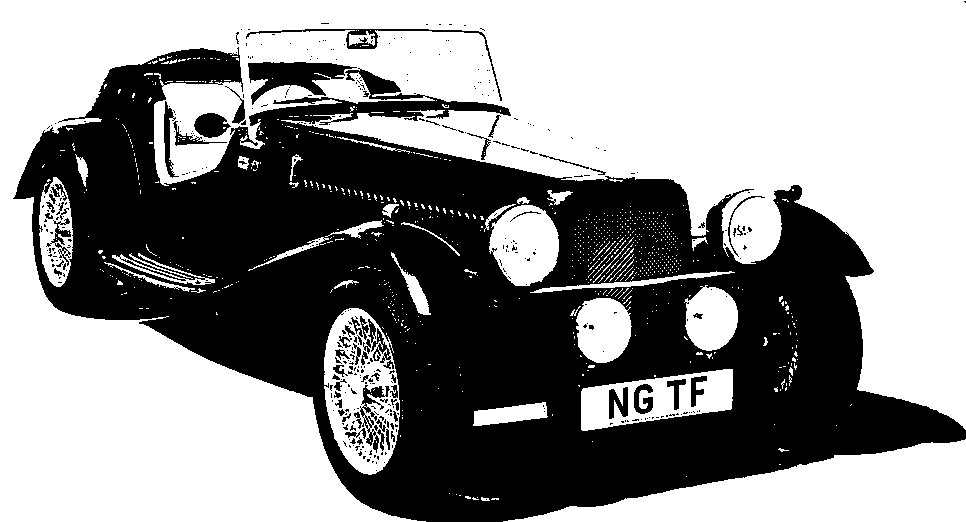
NG Kit Car
Tips & Safety
Disclaimer
All information and advice on this website is offered in good faith and the author does not accept responsibility for consequences of following any suggestions found here.
In particular, care must always be taken when working under a vehicle and a proper means of support must always be employed (e.g. axle stands or ramp). Never rely only on a jack. Don't forget to wear goggles and other safety equipment where appropriate!
General Tips
Dismantling parts which are stuck or corroded
-
Nut splitter – very useful for removing stubborn nuts providing there is access. Much better at removing smaller nuts than larger ones. If removing a nut from a stud which is to be re-used, care must be taken not to damage the thread.
-
Angle grinder – very useful for grinding away the heads of stubborn bolts, etc. Care must be taken not to damage neighbouring parts which need to be re-used. An alternative is to progressively drill the head of an obstinate bolt.
-
Blow torch – another possible aid in releasing tight fitting components. Heat outer part to expand and release from inner part.
Cleaning threads (mainly for unusual/special items)
-
Use a tap or die of the correct thread size if available.
-
A correct size nut, cut through to the centre, can be used with a tightly fitting spanner to clean the thread of a bolt/stud. Use WD40 or similar to lubricate and clean.
Cleaning corroded parts & painting/finishing
-
Wire brush attachment on electric drill or angle grinder (use goggles).
-
For smoother finish items use emery paper or wet & dry paper.
-
Degrease with white spirit and dry before painting.
-
Hammerite smooth black (spray or brush) makes a good, hard-wearing finish.
-
Various high temperature paints are available which are suitable for engine components.
Assembling components
-
For parts which are basically static, use a little copper grease on the threads to help prevent corrosion.
-
For joints which slide or revolve, use standard lithium grease.
-
For brake parts where there is metal to metal contact (e.g. back of disc pads, shoes to backplate, etc.), use a little copper grease.
-
Have a supply of new, various size, UNF nuts, bolts and washers as well as metric ones.
-
Make sure there are no sharp edges, cover with rounded fittings.
-
Protect brake or fuel pipes with rubber inserts inside clips and rubber tubing can be used as a sleeve where contact could occur.
Working with GRP (Glass Reinforced Plastic)
-
A permanent OHP (Overhead Projector) pen is useful for marking out positions. Methylated spirit can be used to remove the marks afterwards.
-
GRP may be easily drilled or cut but it is best to work slowly and carefully to avoid unsightly mistakes.
-
When drilling or cutting GRP, wear protective (nitrile/latex) gloves and goggles as GRP dust is very irritating. When sanding, also wear a mask.
General Warnings
-
Car batteries give off hydrogen gas in small quantities which is explosive. Do not use anything within the vicinity which could cause a spark or flame. This includes a loose spanner left on the battery top which could short the battery terminals and spark fiercely.
-
Radiator caps should only be removed with great care if the engine is hot. Preferably leave to cool first but if necessary use something to protect the hand and turn only to the first lug to release the pressure. Only then may the cap be removed safely.
-
Exhaust pipes and manifolds are always hot if the engine has been running – remember.
-
Brake fluid is corrosive; if spilled on paintwork wash off immediately.
-
Petrol is flammable and corrosive. Always treat with caution.
-
Anti-freeze is corrosive to paintwork; if spilled wash off quickly.
-
Used engine oil is potentially harmful (carcinogenic); it is therefore advisable to always use protective gloves when changing oil. It must always be disposed of properly.